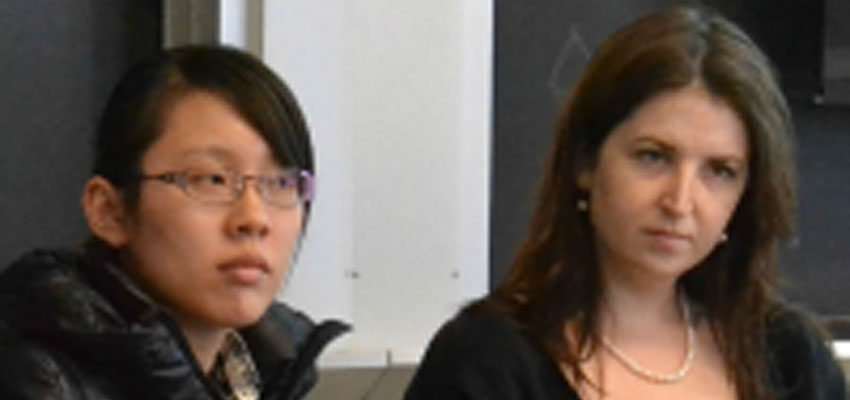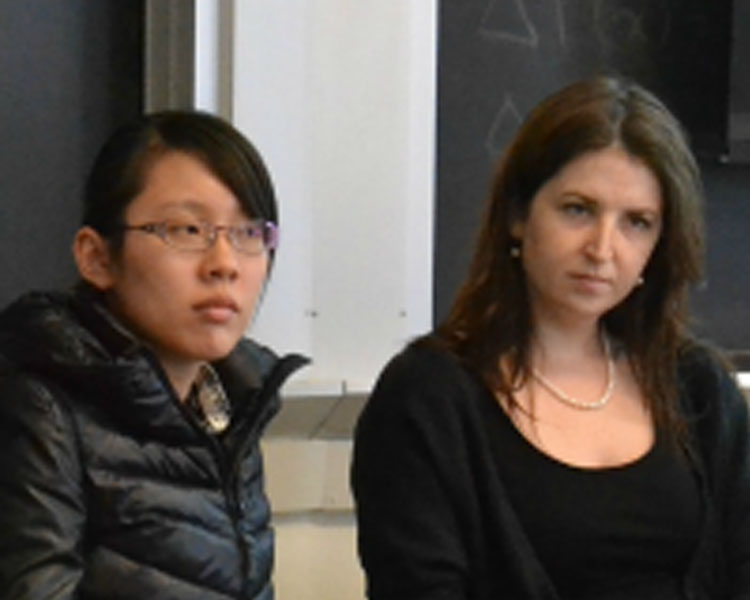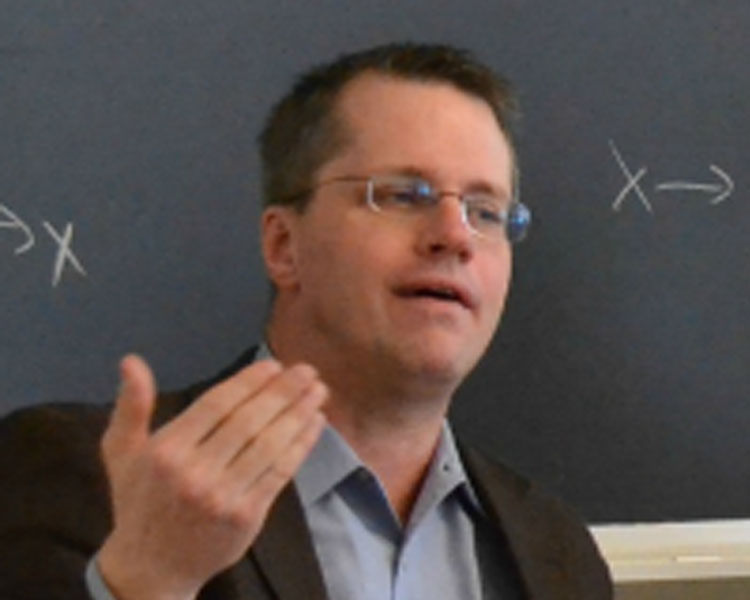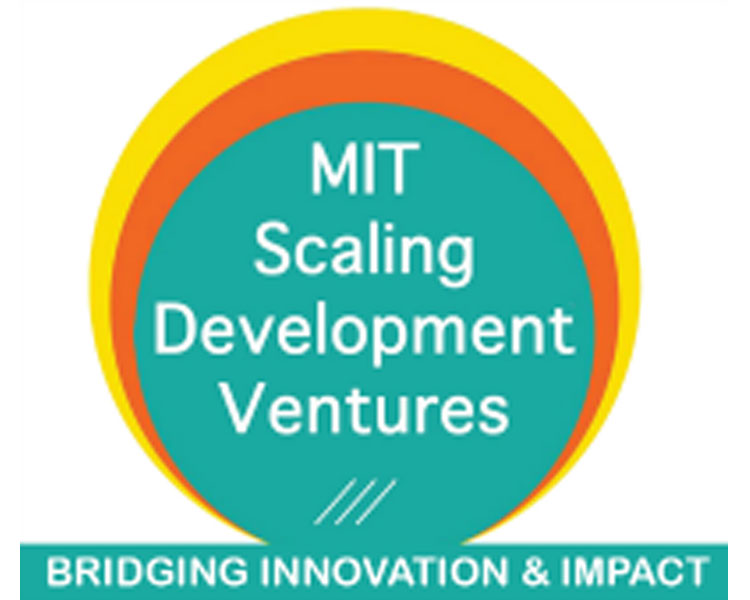
The following is one of a series of blogs about presentations, workshops, and panels that were part of the 2015 MIT Scaling Development Ventures conference.
-----------------------------
Low-income consumers aspire to a better life that humanitarian products offer. International aid agencies, non-governmental organizations, governments and social entrepreneurs promote and disseminate millions of humanitarian products to alleviate poverty. But many of these products fail to deliver—either they fail to perform consistently, or if they survive in the marketplace, they fail to reach scale.
Rigorous product evaluations that are trusted, affordable and comprehensible are important preconditions to impact, sustained use, and scale. To meet this need, MIT launched the Comprehensive Initiative on Technology Evaluation (CITE), a five-year, USAID-funded project to develop a 3S Methodology, examining products’ suitability, scalability, and sustainability. This methodology has now guided two product evaluations to completion, one on solar lanterns in Uganda and another on household water filters in India.
In a recent session at the MIT Scaling Development Ventures conference, we presented our household water filter research in order to explore the challenges of rigorous product evaluation as well as the benefits and opportunities that it can create for development practitioners, users, and entrepreneurs to bring the best products to scale.
Our focal city for the evaluation was Ahmedabad, India, a city of 6 million people, comprised of all income classes, and the target populations were the poor, many of whom have been relocated in Ahmedabad from slums to subsidized, government-built, low-cost housing. This is a unique situation in which the poor have access to an “improved” water source, but it is of mixed water quality.
Across India and similarly in Ahmedabad, the water is intermittent, only available for about five hours each day. Across all income classes in Ahmedabad, the municipal water sources from the Ahmedabad Municipal Corporation are currently about 90 percent surface water and 10 percent groundwater. The water quality is generally fairly good when it exits the treatment plant, yet most users, including the poor, perceive that water requires additional treatment at the household scale before it is suitable for drinking. Given that the piped water can be of uncertain quality, the market has responded with over 100 household water filter options. These factors made Ahmedabad a complex and challenging city in which to conduct this evaluation.
To put Ahmedabad’s water supply infrastructure and the need for household water filters in context, we should understand that the Indian government has done an excellent job of providing “improved” water supply across all of India. “Improved” is the United Nations terminology for water supply infrastructure that includes piped water, boreholes, protected wells, protected springs and rainwater harvested water. Unimproved water is all surface water, unprotected wells, unprotected springs and tanker truck water. In India, 93 percent of people have an improved water supply—that is 1.1 billion people! In contrast, 7 percent of people in India are without improved water, which is still the very sizeable number of 91 million people. Add to this an estimated 79 million people in India potentially exposed to arsenic in drinking water and you have begun to identify the “water poor” in India.
At CITE, our evaluation began with three questions:
- What is the water quality in Ahmedabad?
- What water filters are in the marketplace?
- Who are the users of these products and is there demand? Are they being used correctly, consistently and continuously?
To answer these questions, we used our 3S Methodology. Suitability refers to what levels of water quality filters can produce in terms of total coliform, E. coli, turbidity, hardness, total dissolved solids, pH, and residual chorine, and for the RO filters, what is the the product’s lifetime and its percent recovery – i.e. the clean water produced relative to the input feed water. Scalability analyze the supply chain—the availability, affordability, and aftermarket use of the products. Sustainability looks at the consumer: the perceived benefits, usability, social, and economic impacts.
An innovative, comprehensive approach to product evaluation
At Scaling Development Ventures, CITE shared how we’re reframing the traditional thinking about drinking water in low and middle income countries from access to “improved” water sources as the goal, since here the urban poor already have access to an improved water source, but they are still at potential risk for waterborne diseases due to the water quality. Moreover, we reframed the traditional way of testing technologies, demonstrating how we produced a Consumer Reports-style ratings chart. This is innovative—a new framework for evaluating technologies.
Our approach is a comprehensive, yet rapid and lean study that involves the human dimension and real world research—done in significantly less time and potentially at much less cost than similar work, such as product studies conducted at Consumer Reports, which typically take over a year, or randomized controlled trials, which generally don’t zero in on specific products.
CITE conducted lab work concurrent with fieldwork and market research, looking at a range of products that would be available across all classes, from the very poor to the middle class to the wealthy. Filters widely found in the market and in households were divided into three categories: conventional particle filters (CPF), gravity-non electric (GNE), and reverse osmosis (RO).
Presenting CITE’s initial findings
The study had three unifying methodological aims: to investigate filters for the poor, to organize filters into three categories (conventional particle filter, gravity non-electric filter, and reverse osmosis), while only considering commonly available products, not specialty ones, and to use a multi-criteria analysis approach to produce Consumer Reports-style ratings charts.
Many insights were gained from this evaluation, including these initial findings:
- RO filters, the most advanced filtration category considered, gave the highest performance, but had negative environmental impacts as they waste three times the amount of water they produce.
- Cloth and jali mesh filters, which fall into the lowest (CFP) filtration category, do not remove microbial contaminants or turbidity at all, even though they were in widespread use among the poor.
- The GNE products that are in the middle of the filtration range had a wide variety of results.
- The market has strong supply chains, with over 100 available filter products, and three of the products have a total cost of ownership that is affordable for the lowest income group.
- To scale the supply chain, assembly could be postponed and provide entrepreneurial opportunities. An investment is needed in the supply chain to ensure low-cost goods can reach the rural poor.
The Sustainability part of the evaluation found that there is low knowledge of filter options for the poor and a cost barrier among the poor for filter technologies. There are opportunities for scaling and disseminating technologies that work.
Despite these insights, some knowledge gaps remain. The quality of the water supply mixture of surface water and groundwater in Ahmedabad is not transparent to consumers, and therefore the water quality and safety at the tap is not well understood. If household water treatment technologies are to be appropriately matched with the type of water quality condition, more information needs to be provided by the supplier to the water customers regarding their level of service and the water quality that can be expected from that level of service.
Engaging conversation at Scaling Development Ventures
At Scaling Development Ventures, many audience members who asked questions at the breakout session were from industry including from Danone, Kohler and other companies. The Danone representative spoke of supporting various community-based RO treatment systems in India where customer’s brought their water vessels and was charged $1.50 per month for filling these hand-carried vessels. He asked whether this Danone technology and marketing strategy was a good approach.
A graduate student from Tufts, Kumar Ankit, from Bhagalpur, Bihar, India expressed dissatisfaction with projects in Bihar that test for arsenic in groundwater, and paint those hand pumps that have unsafe levels with red paint and those with safe levels are painted green. However, Kumar indicated no alternatives are provided for the unsafe wells. As a Master of International Business at Fletcher School, Kumar considered himself a big proponent of market solutions, but he felt that Danone’s approach of charging $1.50 per month for access to clean water may not be the best solution for rural populations who have lived on a free water source for decades and are really poor.
Reframing the way we think about the “water poor”
Our household water filter evaluation was a large undertaking, but even so, we didn’t have time to consider all options. Evaluating over 100 household water filter products, we did not consider specialty products or community-based systems, because we needed to draw practical boundaries around the scale of the evaluation. That said, the methodology itself proved robust in offering a new method for complex system product evaluation. This can readily be applied to other product families, such as specialty water filters (e.g. arsenic or fluoride filters), or community-based water treatment options.
There are several ways that CITE has been re-framing the water challenge:
First, the CITE evaluation reframes how we traditionally look at water problems in the low and middle income world context. The United Nations Millennium Development Goals focuses on the distinction between improved and unimproved water sources, with access to an improved water source as the 2015 goal. In the case of Ahmedabad, India, the slums have been cleared and water is piped to all, even the poorest. This project looks at the urban water challenge—that “improved” water does not necessarily mean “safe” water.
Second, in many low and middle-income countries, there may be only a few products available for household water treatment. In this study the team found over 100 household filter products available in the thriving marketplace of Ahmedabad, India. In this context, the challenge turns from finding any household treatment method whatsoever to determining those products most appropriate for the poor from among a very large sample.
Third, this evaluation challenges the conventional framework of technology testing. Conventionally, researchers test products in the lab with challenge water comprised, for example, of spiked coliform counts, artificial turbidity and hardness, but these results aren’t necessarily reflective of the real-world conditions. This is has been a multi-dimensional study, compared to conventional studies that look at only the technology or only at the technology and the cost.
This blog is derived from a case study and interview done by Tufts University Masters of Civil and Environmental Engineering student, Rhiana Meade, for the “Redefining Water Challenges” Water Workshop, MIT, May 2, 2015
-----------------------------
About Susan Murcott
Susan Murcott is a water/wastewater engineer whose career has had a triple focus. The first focus is wastewater innovations in mega-cities, with projects in Mexico City, Sao Paulo, Beijing and several cities in Central and Eastern Europe. The second focus is small-scale drinking water systems for “the bottom billion,” those who lack improved water, whose piped supply is at risk or who need safe water in emergency settings. The third, most recent, focus is the evaluation of technologies for the poor. She is a Research Scientist in the MIT’s Department of Urban Studies and Planning and the Senior Technical Lead of the Water Filter Evaluation for the MIT/US Global Development Lab’s Comprehensive Initiative for Technology Evaluation (CITE). Her work is dedicated to raising awareness of and making a contribution towards providing safe water, sanitation, hygiene (WASH) and environmental well-being for all. Murcott has worked on water/wastewater projects in over 25 countries spanning all continents. The non-profit organization she co-founded, Pure Home Water, has built and currently operates a water filter factory in Northern Ghana which is staffed by trained local Ghanaians.





